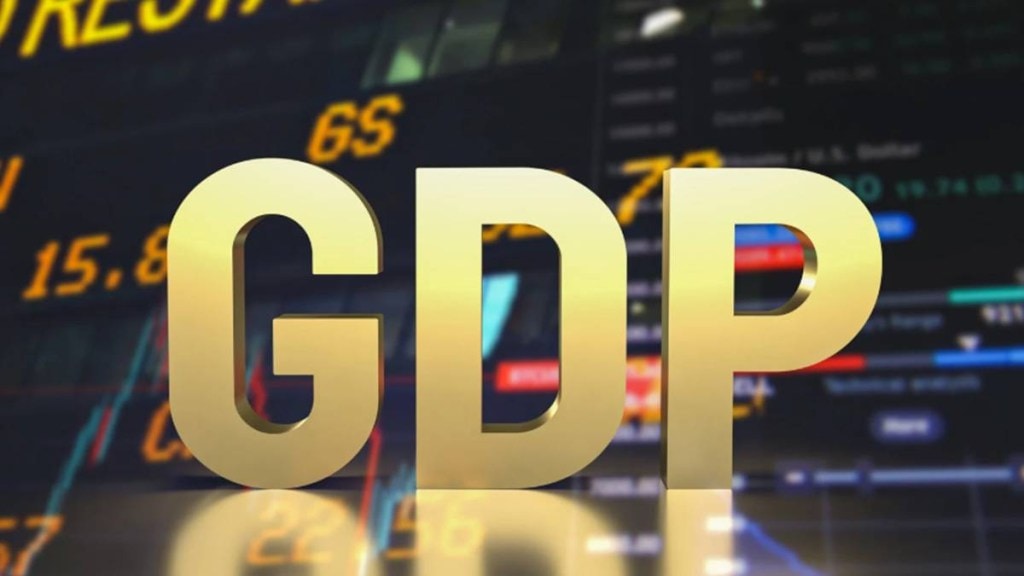The GST rate cuts could boost the GDP growth by 10-60 basis points (bps) on an annualised basis due to higher consumption, widening of compliance and lower inflation, experts said.
The GST Council on Wednesday approved a major restructuring of the indirect tax regime by pruning the number of main slabs to two – 5% and 18% – and introducing a special 40% rate for sin goods.
The GST overhaul, effective September 22, is a significant shift aimed at stimulating growth through consumption-led strategies, especially as indirect taxes are regressive in nature, said Madhavi Arora, chief economist, Emkay Global Financial Services.
Direct impact on consumption and demand
“Ceteris paribus, such tax changes would add ~0.6% of GDP to domestic demand on an annualised basis and should boost (mass) consumption in FMCG, consumer durables, autos, and similar sectors,” Arora said.
Over a year, led by stronger consumption, the GDP growth can rise by 0.2ppt, said Pranjul Bhandari, HSBC chief economist, India and Indonesia, and Aayushi Chaudhary, economist, India, Indonesia and Sri Lanka. But for this to transpire, the government should not follow a tighter fiscal policy to offset the consumption boost, they said.
“If we add on the benefits from the income tax cut earlier this year and a lower debt servicing burden due to repo rate cuts, the overall boost to consumption can be 0.6% of the GDP. Of course, a part of this could be saved instead of being spent, lowering the net boost,” Bhandari and Chaudhary said.
“GST cut could boost the GDP by 0.1-0.16ppt,” Standard Chartered said in a note.
Rating agency ICRA said: “Given the earlier-than-expected implementation of the GST rationalisation, ICRA now assesses the FY26 GDP growth at 6.5% (from +6.0% earlier).”
Broader economic gains and a lower inflationary trend
CareEdge has estimated that GST rationalisation could lower CPI inflation by 70–90 bps annually under the current basket, assuming the pass-through to consumers.
“Lower GST rates will be positive for growth in the second half of the year and FY27, besides improving the operational efficiency and expanding the size of the formal economy,” said Radhika Rao, senior economist, DBS Bank.
Higher elasticity of demand for low-cost FMCG products and durables is likely to make tax cuts consumption-accretive, with these concessions providing a one-time boost to growth, Rao said.
SBI Research in a report said the rationalisation of GST rates has brought down the effective weighted average rate from 14.4% at the time of inception to 11.6% in September 2019. Enhanced buoyancy has been achieved by widening the tax base and removing distortions. Given the current rationalisation of rates, we believe that the effective weighted average GST rate may come down to 9.5%.
The government estimated the net fiscal impact of this rationalisation at Rs 48,000 crore on an annualised basis. However, based on the trend growth and consumption boost, it expects an almost minimal Rs 12,900-crore revenue loss in GST in the six months of FY26.

